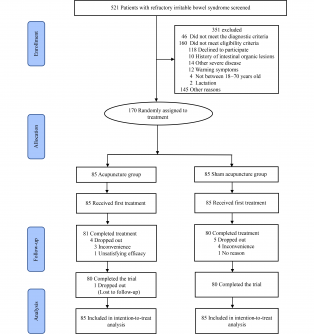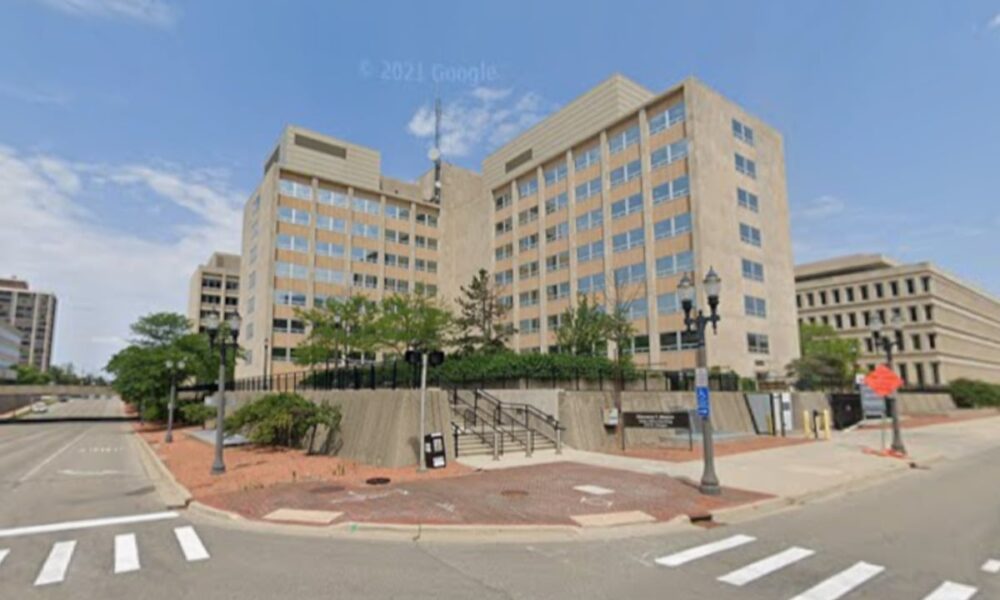A rare genetic mutation associated with cerebral cavernous malformations (CCM) is significantly more prevalent in New Mexico than in other regions of the world. This condition brings the risk of brain bleeding, impacting the lives of local families, including that of Sakura Tafoya, a young girl whose experience has shed light on this alarming health issue.
Sakura Tafoya, now seven years old, first encountered serious complications from CCM on a fall day in 2021. While playing soccer, she attempted to execute a header but soon after fell ill. Her father, Jared Tafoya, described a sudden change in her demeanor: she struggled to stand, slurred her speech, and was unable to swallow. An ambulance rushed the girl to a nearby hospital, where initial scans uncovered a pool of blood on the right side of her brain.
Cerebral cavernous malformations are clusters of blood vessels that can leak and result in severe neurological issues, including seizures, chronic headaches, and paralysis. According to the Alliance to Cure Cavernous Malformations, approximately 1 in 500 people worldwide possess at least one malformation, although most remain asymptomatic. A hereditary variant of this condition affects 1 in 2,500 individuals, including Sakura.
The prevalence of CCM is strikingly high in New Mexico, particularly among individuals with Hispanic heritage. Genealogists have traced the CCM1 mutation—the genetic error responsible for a significant portion of familial cases—back to early Spanish settlers in the area. In fact, about 90% of all familial cases in New Mexico can be attributed to this mutation, as noted by Dr. Tarun Girotra, a neurologist at the University of New Mexico Health Sciences Center.
By the time Sakura arrived at the hospital, she had begun to seize, prompting her transfer to the University of New Mexico Hospital. Her mother, Kristina Tafoya, described the experience as surreal. “It almost didn’t feel like it was real life. It was like watching a movie,” she recalled.
Scans revealed that a cluster of abnormal blood vessels had leaked into Sakura’s brain tissue. Dr. Girotra explained that these malformations resemble mulberries, with capillaries that lack structural integrity. This can lead to bleeding within the brain, causing various neurological symptoms, including seizures and severe headaches.
Dr. Leslie Morrison, a retired pediatric neurologist, remarked that lesions in the brain or spinal cord represent a significant medical concern. Depending on their location, they can lead to various complications, including stroke and even death. “Living with the idea that that could happen changes their lives,” she said.
Sakura’s brain bleed was not the first indication of potential neurological issues in the Tafoya family. Jared Tafoya, during his service in the Navy, sought medical help for recurring headaches and was informed about multiple spots in his brain and spinal column. Although he was tested for CCM later, the family had little prior knowledge of the condition.
Most cases of CCM are sporadic, but about 20% are genetic and passed through families. The CCM1 mutation is particularly prevalent among Hispanic families. Research indicates that between 53% and 65% of all CCM cases are attributed to this specific mutation. In New Mexico, that figure rises to at least 90%.
Surgery to address Sakura’s brain bleed was not an option, as it would involve navigating through areas responsible for her motor skills. Fortunately, the bleeding ceased within approximately 24 hours. Doctors prescribed medication to manage her seizures and scheduled regular MRIs to monitor her condition.
While there is currently no cure for CCM, researchers are exploring various treatment options. Dr. Morrison noted that lifestyle changes, such as maintaining healthy blood pressure and taking vitamin D supplements, may offer some benefits. A recent study conducted over 15 years by the National Institutes of Health revealed that the CCM1 mutation can lead to vitamin D depletion and highlighted potential links between gut bacteria and the severity of lesions and bleeds.
New Mexico legislators have recognized the importance of CCM research, approving over $600,000 in funding for studies and outreach efforts at the University of New Mexico Health Sciences Center in recent years. Dr. Girotra emphasized the clinic’s dual focus on addressing symptoms and pursuing research for a cure.
Despite advancements, rural New Mexicans face unique challenges in accessing healthcare, including provider shortages and long wait times. Dr. Morrison, who resides in a small village, acknowledged the difficulties patients encounter, stating, “If I need to see a specialist, I have to drive two hours to Santa Fe or three hours to Albuquerque.”
Four years after her initial bleed, Sakura continues to receive regular check-ups and MRIs. While she manages her health, she also leads a relatively normal life, attending third grade in Santa Fe. Her aspirations include becoming a tattoo artist, inspired by her mother. In a symbolic gesture, Kristina Tafoya plans to tattoo an image of Sakura’s brain on her arm, a testament to their journey.
The Tafoya family remains vigilant about the potential for future complications, with Kristina expressing concern about Sakura participating in activities that could lead to head injuries. “The fear of her hitting her head definitely makes us hold back,” she said. As they navigate this complex medical landscape, the Tafoyas exemplify the resilience of families impacted by CCM in New Mexico.







